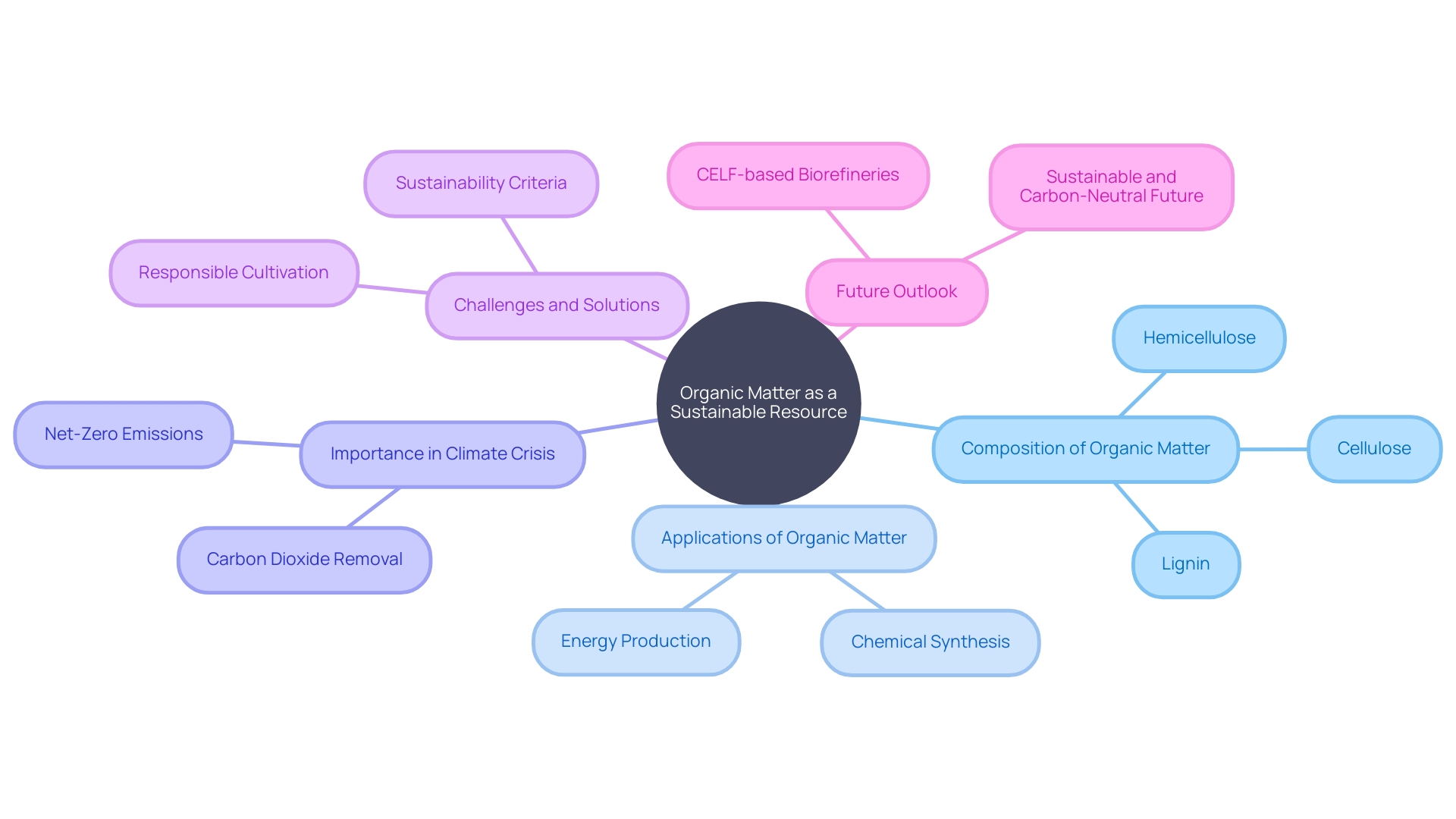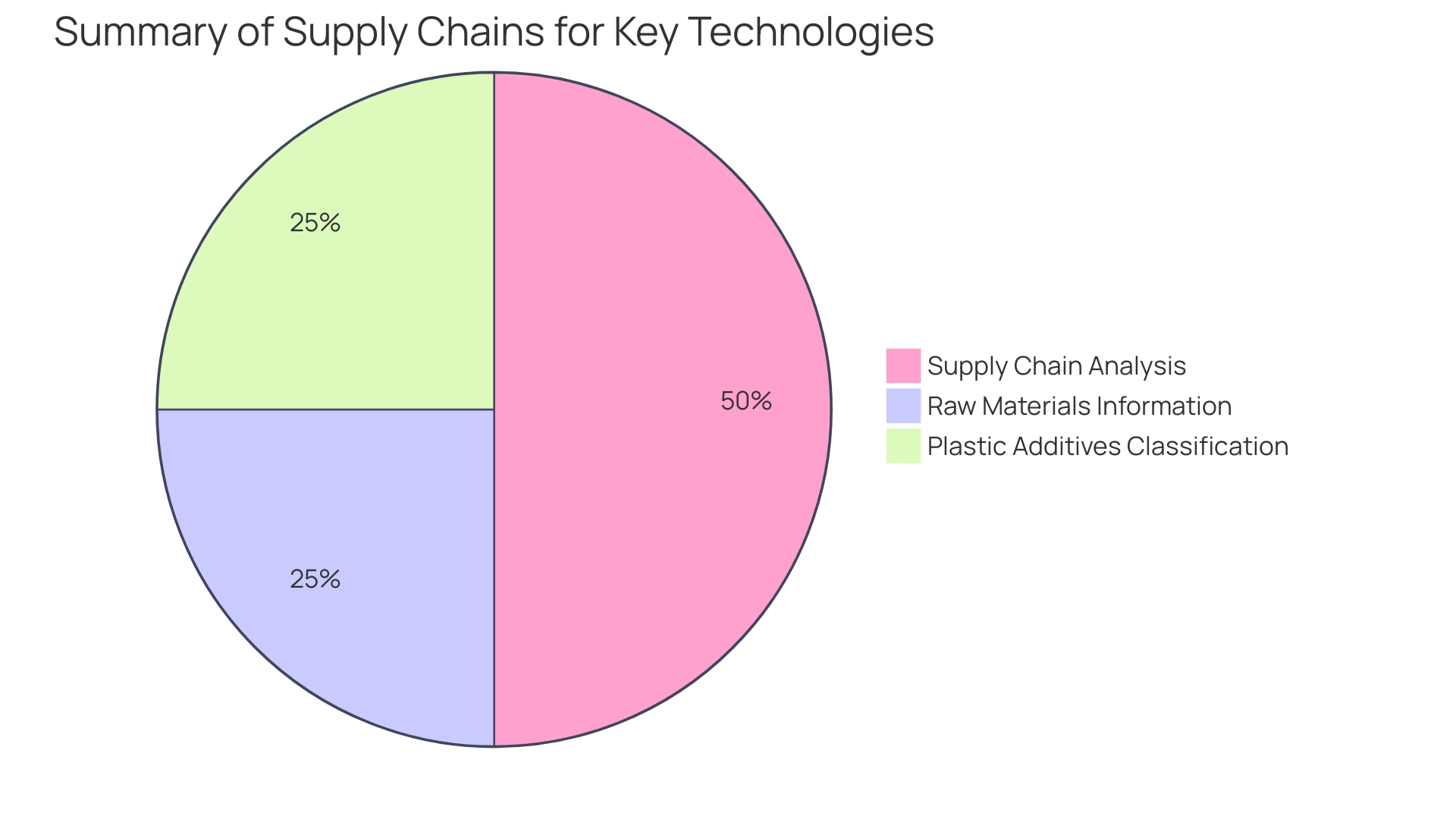Introduction
Harnessing the power of biomass as a renewable resource requires a deep understanding of its intricate chemical composition. Biomass is composed of cellulose, hemicellulose, and lignin, which are essential components in the conversion of biomass into various chemical products. This article delves into the chemical characteristics of biomass ashes, the transformation of biomass into chemicals, the key building blocks derived from biomass, the market assessment of bioproducts from biomass, and the challenges and opportunities in biomass chemical production.
With a focus on technical insights and analysis, this article provides a comprehensive overview of the renewable fuels industry and its potential for a sustainable and carbon-neutral future.
Understanding Biomass Composition
Utilizing the potential of organic matter as a sustainable resource involves comprehending its complex molecular structure. At its center, the composition consists of cellulose, hemicellulose, and lignin. Cellulose, a complex carbohydrate, forms through the linkage of glucose units and is the most abundant organic compound on Earth. Hemicellulose, although similar to cellulose, is a heteropolymer composed of various sugars. Lignin, a complex polymer, is responsible for the rigidity of plants. Collectively, these elements are crucial for the transformation of organic matter into a wide range of chemical products.
The transformative potential of organic matter is exemplified through the use of corn stover, the non-edible part of the corn plant, which can be sustainably repurposed for energy production. This approach not only diverts waste from landfills but also provides an alternative to fossil fuels, thereby contributing to carbon dioxide removal (CDR) and the pursuit of net-zero emissions. Therefore, organic matter has captured the attention of governments worldwide as a viable solution in the climate crisis.
Furthermore, the sector related to chemicals, which represents about 5% of worldwide CO2 emissions, is now responsible for decarbonizing its processes. Using organic matter, particularly sugar derivatives from photosynthesis, offers a chance for generating sustainable liquid energy sources such as methanol and ethanol. These biofuels can be integrated into existing systems to synthesize a wide variety of chemical products, thus closing the loop on combustion emissions.
However, with the recent draft paper by the Green Party-led ministries, there is a pressing need for strict sustainability criteria and a pivot towards using residual and waste materials for energy generation. The expected decrease in wood availability from forests poses a challenge, highlighting the significance of responsible cultivation and utilization of organic matter to prevent transferring greenhouse gas emissions to other countries.
To summarize, the strategic division of lignocellulosic plant material in CELF-based biorefineries allows for the simultaneous creation of various items, each originating from a primary plant component. This not only highlights the flexibility of organic matter but also its importance in paving the way towards a more sustainable and carbon-neutral future.

Chemical Characteristics of Biomass Ashes
The residues from the combustion and processing of organic material, specifically the ashes, contain significant elements that act as an indicator for the effectiveness of production. These remaining ashes are made up of a range of minerals such as silica, potassium, calcium, magnesium, and phosphorus, the concentrations of which depend on the source of organic material - wood, bark, leaves, stems, or even manure - and the conditions under which the organic material is processed. As the role of plant matter grows in striving for climate solutions and cleaner energy sources, it becomes increasingly essential to finely tune our understanding of its environmental consequences. These insights can drive the optimization of production and address the environmental concerns associated with ash accumulation and disposal, especially as emerges as a versatile player in the field of renewable energies and materials.

Transformation of Biomass into Chemicals
Converting organic matter into valuable chemicals requires a sophisticated array of techniques. Thermochemical conversion stands out, encompassing methodologies such as pyrolysis, gasification, and hydrothermal liquefaction. Pyrolysis, for instance, subjects organic matter to high heat in an oxygen-deprived setting to yield bio-oil, syngas, and biochar. Gasification likewise converts organic matter into syngas, a synthesis gas consisting of hydrogen and carbon monoxide. Meanwhile, hydrothermal liquefaction subjects organic matter to elevated temperatures and pressures, producing bio-crude oil. Biochemical conversion provides another pathway, using microorganisms or enzymes to break down organic matter into sugars that can be further processed into various substances.
The capacity of organic matter conversion extends to the aviation sector, where sustainable aviation fuel (SAF) emerges as a promising solution to mitigate the industry's carbon footprint. With airlines committing to a 10% SAF usage by 2030, the development of efficient biomass-to-chemicals technologies is more critical than ever. Furthermore, Aston University's dedication to innovation coincides with the continuous pursuit to decarbonize the chemical industry by transitioning from petrochemicals to sustainable carbon sources, which encompass renewable organic matter.
Researchers funded by the U.S. Department of Energy are exploring ideal biomass sources and lignin utilization, prioritizing non-food plant biomass to avoid competing with food production. Their efforts highlight the significance of second-generation biofuel operations that utilize agricultural byproducts such as wood residues and sugarcane bagasse. These undertakings are bolstered by a global network of talent and partnerships, vital for the success of such ambitious projects. As scientists and engineers, like Ibrahim A. Abba and his team, continue to navigate the complexities of various research tracks, their work paves the way for a more sustainable and economically viable future.
Key Building Blocks from Biomass
Utilizing biomass as a feedstock, the industry is leading the way in adopting sustainable methods to reduce its carbon footprint and dependence on fossil fuels. Biomass conversion into key building blocks such as glucose—not only fuels the creation of ethanol and organic acids but also propels innovations in biogas solutions. Glucose, readily obtained from plant-based sources, stands at the forefront of biofuel production due to its efficiency in conversion and cost-effectiveness. Furthermore, progress in synthetic biology has accelerated enzyme design using artificial intelligence, allowing the conversion of corn sugar into valuable substances through simplified processes compared to traditional petrochemical methods.
Lignin, a plentiful natural polymer found in woody materials, provides a sustainable substitute for aromatic compounds like phenols, which are crucial in different industrial uses. A shift towards lignin utilization could significantly reduce the industry's carbon footprint, which currently ranks third-largest globally in carbon emissions. Hemicellulose, another plant material component, is broken down into sugars that act as starting materials for a variety of substances through fermentation or alternative processes.
As part of the efforts to combat climate change, the use of non-food organic matter such as agricultural by-products and forestry waste is gaining momentum. These practices not only help sequester carbon but also align with the principles of a circular economy by valorizing renewable resources. The rise of biomanufacturing facilities like Solugen's Bioforge 2 highlights the industry's shift towards scalable, zero-emission production of substances, carving a path towards a more sustainable and eco-friendly sector.
Market Assessment of Bioproducts from Biomass
Thorough market analysis is essential for comprehending the feasibility of bioproducts obtained from organic matter. This includes scrutinizing market demand, pricing structures, the impact of regulatory frameworks, and the competitive landscape. A detailed examination of market forces and consumer bases, alongside an economic assessment, is vital for the successful scale-up and commercial implementation of biomass-derived chemical processes. Insights from the European Environment Agency's report on organic matter reveal a growing demand for organic matter to meet European Green Deal objectives, yet there remains a gap in knowledge regarding sustainable EU organic matter supply. With over half of the EU's agricultural resources used for animal feed and bedding, only a fraction contributes to human food consumption, indicating potential areas for bioenergy expansion. In the context of market growth, the stationary fuel cell market is projected to expand significantly, indicating a positive trend for bioenergy technologies. Additionally, advancements in automated bioreactors, essential for bioprocess consistency and efficiency, signal a growing biotechnology sector. Market strategies such as mergers, alliances, and product launches are key for companies to strengthen their market presence. With the push for second-generation biofuels in North America, supported by governmental incentives, the shift towards sustainable bioenergy solutions is evident. These dynamics highlight the significance of a thorough market evaluation for the progress of biomass-based manufacturing.
Challenges and Opportunities in Biomass Chemical Production
The range of organic matter manufacturing encompasses significant obstacles and remarkable possibilities. Fluctuation in the feedstock material is a primary concern, directly influencing the uniformity and quality of the substances produced. Scaling these processes necessitates considerable investment in both infrastructure and technology, adding layers of complexity. Yet, the industry is poised on the cusp of potential breakthroughs. Innovations such as CELF-based biorefineries exemplify the shift towards multifaceted manufacturing, allowing for the extraction of diverse products from each major component of the biomass.
At first, the production of biofuels heavily relied on food crops such as corn and sugarcane for sugar syrups, a precursor for chemicals such as ethanol. However, this approach has shifted towards second-generation biofuels that use non-edible plant material, like poplar trees, reducing competition with food resources and supporting environmental objectives.
The report from the European Environment Agency (EEA) emphasizes the importance of comprehending the roles and functions of organic matter within the EU's framework, emphasizing the necessity of harmonizing the demand with environmentally-friendly supply, in line with the European Green Deal. These discussions reveal that over half of the EU's agricultural resources are dedicated to animal feed, with only a fraction used for human consumption and an even smaller part allocated to biofuels and materials.
The advantages of organic matter extend beyond its carbon sequestration capabilities, as noted by experts. It stands as a cornerstone in the quest for climate change mitigation, offering a renewable alternative to fossil fuels for energy production. Furthermore, the industry is investigating methods to incorporate organic matter in developing eco-friendly materials, such as the transformation of lactic acid into bioplastics, a venture that corresponds with the promotion of openness and cooperation in the sector to establish credibility.
In the context of CO2 conversion, the utilization of organic matter for methanol and ethanol synthesis underscores its versatility. These processes utilize the CO2 absorbed by plants, converting it into valuable substances. As companies strive for differentiation, the integration of blockchain-enabled traceability technology exemplifies the industry's move towards greater transparency, allowing stakeholders to track the origins and emissions of products with precision.
By navigating these challenges and harnessing these opportunities, the biomass chemical production sector can contribute to a sustainable future, reducing dependence on fossil fuels and leading innovation in renewable chemical manufacturing.
Conclusion
In conclusion, biomass is a renewable resource with immense potential for the production of various chemical products. Understanding the intricate chemical composition of biomass, which includes cellulose, hemicellulose, and lignin, is crucial for its effective utilization. The transformation of biomass into chemicals involves sophisticated techniques such as thermochemical and biochemical conversion, offering opportunities for the production of renewable energy sources and sustainable aviation fuel.
Key building blocks derived from biomass, such as glucose, lignin, and hemicellulose, serve as precursors for a wide range of chemicals, presenting alternatives to traditional petrochemical methods and contributing to the reduction of carbon emissions in the chemical industry.
Market assessment plays a vital role in evaluating the viability of bioproducts derived from biomass. Understanding market demand, pricing structures, regulatory frameworks, and the competitive landscape is essential for the successful commercial implementation of biomass-based chemical processes. Challenges in biomass chemical production include the variability of feedstock and the need for significant investment in infrastructure and technology.
However, there are notable opportunities for breakthroughs, such as the development of CELF-based biorefineries and the utilization of non-edible plant biomass for second-generation biofuels.
The biomass chemical production sector has the potential to contribute to a sustainable and carbon-neutral future by reducing dependence on fossil fuels and leading innovation in renewable chemical manufacturing. By addressing challenges and harnessing opportunities, the industry can play a significant role in mitigating climate change and building a more sustainable and eco-friendly chemical sector. Thorough market analysis, technological advancements, and responsible biomass cultivation and utilization will be key in realizing this vision.




